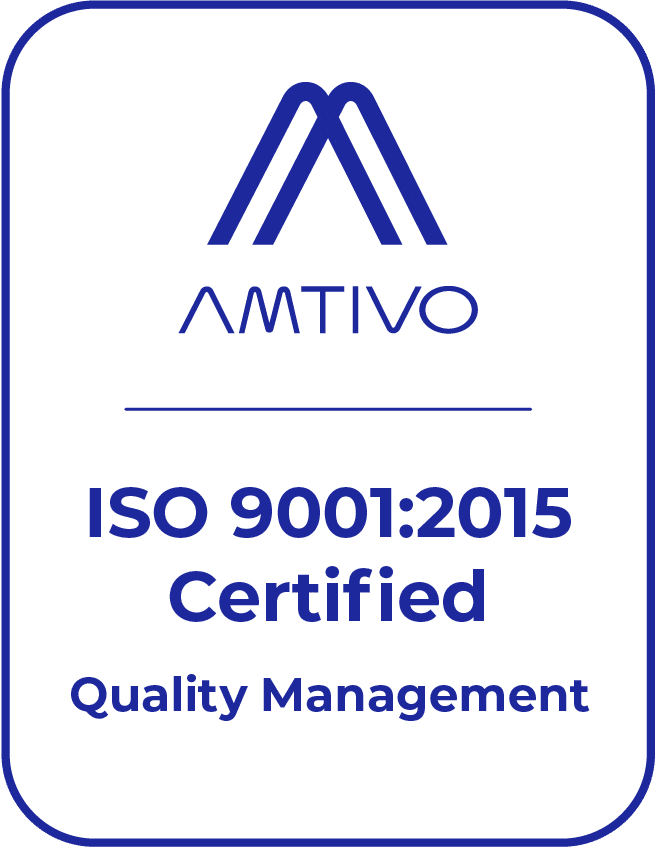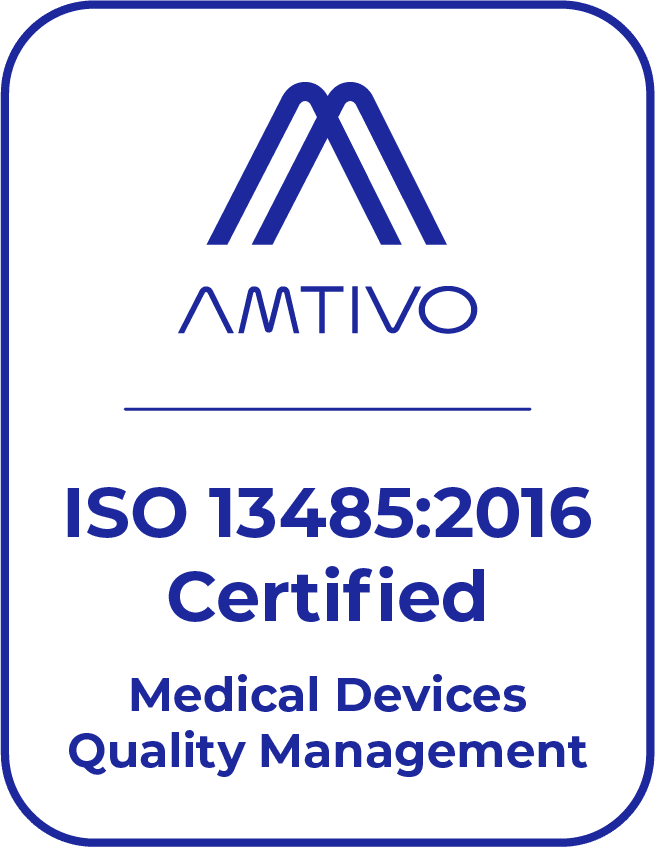
Electropolishing
Yes. Any internal area may be electropolished if an access to the area is available for a cathode to be inserted and it can be filled with an electrolytic solution.
Yes. Central Electropolishing Company has the ability to electropolish small components at an economic price. We have tooling that can easily handle:
- 1/8-Inch Dental Pieces
- Contact Pins .06-Inche In Diameter
- Shim Stock Sizes Of .001-Inch Thick
- Cannula Pieces To 27-Gage
We are able to create custom tooling to fit almost any job, and have automated systems to help make the process economically viable.
Yes. We can electropolish a wide range of large sizes so long as we can fill or submerge the part in an electrolytic solution. Our largest projects include:
- Towers 42-Inches In Diameter & 54-Feet Long
- Interiors Of 12-Foot Diameter Vessels
Troughs 36-Feet Long With A Conveyor Screw
Stainless steel is the most common material for electropolishing. Other materials may also reap many of the benefits of electropolishing. These materials include:
- High Nickel Alloys
- High Carbon Alloys
- Aluminum
- Monels
- Inconels
- Hastalloys
Electropolishing service is normally about 1/3 the cost of mechanical finishing alone. Electropolished materials also gain corrosion resistance at no extra cost.
Oxygen Cleaning Services:
Central Electropolishing Company employs a variety of testing methods to ensure quality cleaning, including:
- Direct Visual Inspection With Ultraviolet Light
- Water Break Testing
- Solvent Extraction Testing
All oxygen cleaning parts are sealed and certified cleaned in plastic bags. The exact life of the cleanliness will vary depending upon handling and use after the bag is opened.
Absolutely! Central Electropolishing Company’s trained technicians can provide the same high-quality service from our mobile servicing unit.
Passivation Cleaning Services:
No. Passivation removes surface iron and creates an oxide layer on a component – slightly raising the surface’s roughness value (Ra).
Yes. Pickle-passivation especially will remove weld burn, scale, and most other stains.
Normally, passivation will affect the material surface 0.0002-inches in depth.
Yes and no. While the removal of iron from the surface is permanent, the oxide layer that helps protect the metal may be damaged by abrasion or exposure to some elements. However, passivated surfaces as a whole are extremely durable.
Other Frequently Asked Questions:
Acetone can be used as a solvent to remove surface contaminants from metal, but it is not generally used as a primary method for polishing steel.
Hydrogen peroxide can be used as a mild cleaning agent for metal surfaces, but it is not generally used as a primary method for polishing steel.
The time it takes for rust to form on stainless steel depends on a variety of factors, including the specific alloy, the concentration of oxygen and moisture, and the temperature and humidity of the environment.



